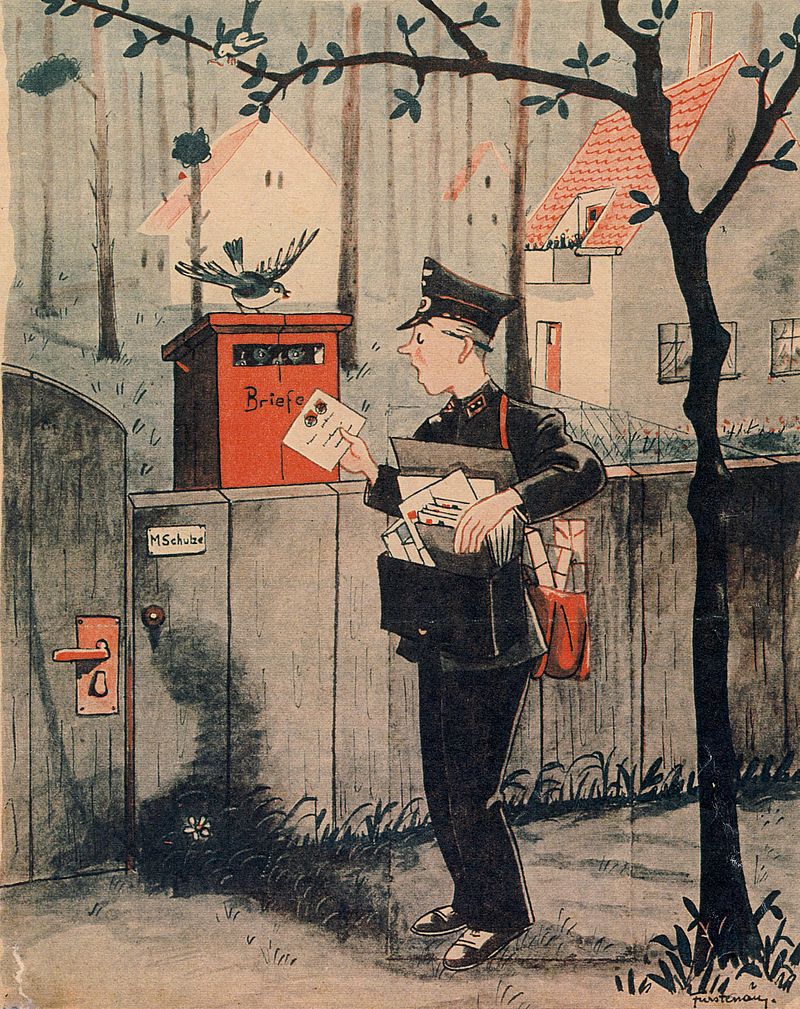Last week, I saw on my “This Day in History” alert that on that particular day, the U.S. Postal Service was established in 1775. (Have you discovered the “This Day in History” feature from History.com? If not, subscribe for a daily e-mail that tells you dozens of things that happened each day throughout history. Fascinating!)
That got me to thinking … what happened to our mail before 1775?
Just to place this historical event in the U.S. timeline, you’ll realize that it was a year before the Declaration of Independence in 1776 and many years before George Washington became our first president in 1789.
The Postal Service was established by the Second Continental Congress, the convention of delegates from the Thirteen Colonies that set policy for our burgeoning nation. The Congress appointed Benjamin Franklin as its first postmaster general. He had already acted as one of two joint postmasters general for the colonies since 1753, but he had been fired by the British in 1774 because of his revolutionary activities.

Walter Fürstenau, 1942, via Wikimedia Commons
Before the U.S. Postal Service, there were no post offices in the colonies, and mail traveled between inns and taverns via horse and wagon. Franklin set up faster colonial routes, cutting delivery time in half between Philadelphia and New York by setting up around-the-clock relay teams to carry the mail. He also established the first rate chart based on distance and weight, much like our present system.
By the time George Washington took office in 1789, there were approximately 75 post offices in the U.S. Eventually, mail service was transferred from horse-drawn vehicles to planes, trains, and automobiles (except for the Grand Canyon, where mail is still delivered to a settlement at the bottom of the canyon via mule train). Today, there are over 40,000 U.S. post offices and more than 700,000 postal workers that deliver 212 billion pieces of mail each year.
The next time you feel like complaining about the cost of a stamp, think about this: when fuel costs rise by just one cent, the USPS costs rise by $8 million. At just 47 cents a pop and a near guarantee of fast, efficient delivery, I’d say the cost of a stamp is one great deal. Thank you, USPS.





















































I love this bit of american history. In my opinion, the USPS does an amazing job considering the volumes it has to deal with. The new flat rate shipping options and ability to mail from your own desk is also a huge time saver and efficient. I’m with you in saying, THANK-YOU USPS!
This is some really cool history. I love how wonderful our mail system is and how far we have come with postal service improvements. When you take into consideration all the USPS costs and their efficiency, 47 cents for a stamp really isn’t a bad deal. And many complain of this small cost and pay bills online. Which I feel will eventually eliminate postal service jobs.
Lots of folks complain about the postal service and it is not without its mistakes, but I believe they do an amazing job considering the volume, distances to travel, weather conditions and . . . customers who don’t make it easy!
I enjoyed reading this history! Thank you!
CJ
And just think! It’s thanks to U.S. Postal Service that Santa Claus didn’t end up in an asylum!